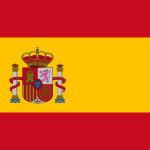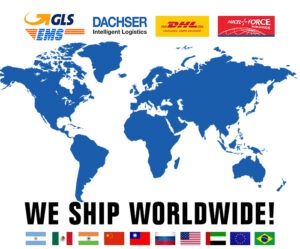
[ad_1]
– New research using cameras will deepen our understanding of Great Lakes fish communities.
– Video footage on northern Michigan reefs will document animal behavior and interactions.
– The data will give researchers a clearer idea of how and why fish use certain habitats.
The Grand Traverse Band of Ottawa and Chippewa Indians is preparing for research that will help biologists better understand how aquatic ecosystems work.
This spring, the band's fishing team will begin using underwater cameras in select areas of Grand Traverse Bay and Lake Michigan.
It is part of a partnership with several other federally recognized tribes in northern Michigan, as well as state and federal fisheries researchers.
Chris Hessell, a Great Lakes fisheries biologist for the Grand Traverse Band, says the idea is to capture video footage of fish communities without disturbing them.
He says the team is starting with reefs (structures made of boulders and cobbles in the water) because they are common spawning sites for fish.
“These cameras will now allow us to sample multiple areas in one day,” Hessell said. That hasn't been so easy with a small team and time-consuming research methods.
He says the goal is to start with the reefs later this year and eventually study the entire lake system.
“We might find some limestone ledges, we might find big clumps of logs, things where [the] The habitat could cause the fish to congregate,” Hessell said. “Then we will be able to see how they work, within the system, and do a broader assessment of the entire basin.”
Hessell says that's important for understanding how aquatic communities move and interact.
“We are discovering that the difference between the West [Grand Traverse] Bay and East [Grand Traverse] Bay are almost as different as…Green Bay and Leland. There is a genetic difference in some fish, the way they move is different,” she said. “These areas are very close to each other, but the fish just aren't doing what we originally expected.”
Video sampling is one step to help researchers understand those differences. Hessell says camera research is well established in marine fisheries, “so we're trying to bring it to the Great Lakes system in a cost-effective way.”
He says the band's study is currently being done using gillnets to collect important data such as the maturity, sex, age and weight of the fish. But that method eliminates fish from the ecosystem.
“It's really hard to say we understand a system when it's constantly changing. [The Great Lakes] They are completely different than they once were.”
Chris Hessel
Grand Traverse Band of Ottawa and Chippewa Indians
The camera equipment will allow biologists to observe how fish communities behave and interact without the same level of disturbance.
Hessell says they will use gillnets and cameras to get a complete picture of how aquatic animals move and interact, which is not that different from the way humans move and interact.
“People need to use grocery stores, gas stations and fast food restaurants, so there are different components within urban development where you have people using different facilities for different needs,” Hessell said.
He says fish do the same thing, using different areas for different periods of time and for different reasons. But we just don't fully understand how or why.
Sampling with gillnets, he says, is like sampling the dynamics in a grocery store in one day. This is valuable data, but not enough.
With the cameras, “we can sample multiple habitats on the same day,” Hessel said. “It definitely allows us to get a broader understanding of the area in a single period of time.”
He says the cameras, which will be GoPros mounted on pods and submerged for about 40 minutes at a time, could sample up to 20 sites in a day.
In other words, it's like taking a look at who is shopping at different supermarkets on opposite sides of town at similar times of day.
Hessell says having that raw data for many years will be invaluable.
“It's really hard to say we understand a system when it's constantly changing,” he said. “[The Great Lakes] They are completely different than they once were.”
But hopefully, he says, with this new project starting in the spring, it will begin to focus on how those changes play out in aquatic communities.
window.fbAsyncInit = function() { FB.init({
appId : '327388425643615',
xfbml : true, version : 'v2.9' }); };
(function(d, s, id){
var js, fjs = d.getElementsByTagName(s)[0];
if (d.getElementById(id)) {return;}
js = d.createElement(s); js.id = id;
js.src = "https://connect.facebook.net/en_US/sdk.js";
fjs.parentNode.insertBefore(js, fjs);
}(document, 'script', 'facebook-jssdk'));
[ad_2]
Source link






